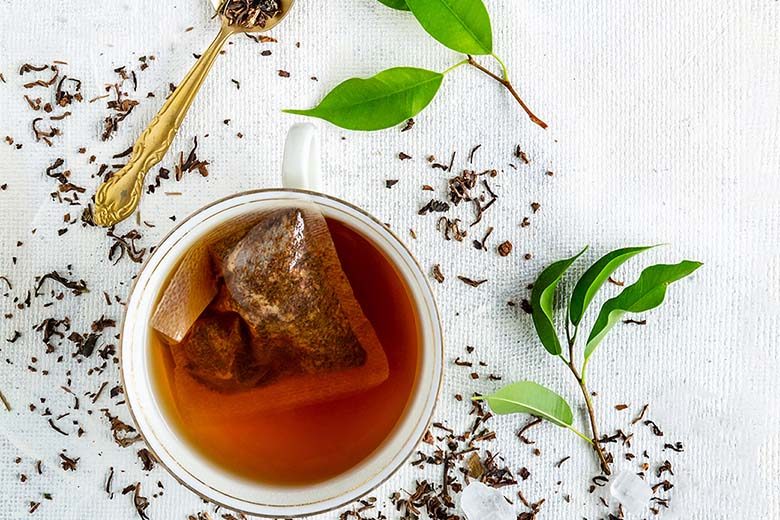Welcome to a culinary journey where the humble tea leaf transforms into a versatile flavor enhancer for your gourmet creations. Tea, a beloved beverage with ancient roots, is stepping out of the cup and into the pot, offering its subtle aromas and complex flavors to a variety of dishes. Join me as we explore the delicate art of cooking with tea, and how you can infuse its essence into everything from savory marinades to sweet desserts.
The Aromatic Alchemy of Tea in Cooking
Tea is not just for sipping quietly in a cozy corner; it’s a dynamic ingredient that can add depth and character to your cooking. I remember the first time I experimented with tea in my kitchen—it was a revelation. I had steeped jasmine tea leaves in warm cream, and the resulting infusion was a fragrant base for what turned out to be an exquisite panna cotta. It was a simple twist, yet it added a sophisticated edge to a familiar dessert.

Marinades: A Dance of Flavors
Imagine the smoky notes of Lapsang Souchong giving an earthy depth to your grilled chicken, or the bright zing of Earl Grey lifting the flavors of a citrusy salmon marinade. Tea can be a subtle or bold addition to marinades, depending on the variety you choose.
- Tip: When using tea as a marinade, make sure to brew it stronger than you would for drinking. This concentrates the flavors, allowing them to stand up to other ingredients.

Desserts: Sweet Whispers of Tea
Desserts and tea are a match made in heaven. The nuanced flavors of tea leaves can be infused into creams, custards, and even doughs to create desserts that speak of elegance and complexity.
- Recipe Idea: Matcha-infused shortbread cookies are not only visually stunning with their vibrant green hue but also offer a grassy sweetness that complements the buttery richness of the cookie.

Tea-Infused Sauces and Glazes
A sauce can make or break a dish. Infusing tea into your sauces and glazes can introduce an unexpected twist to your palate. A Darjeeling tea glaze over a pork loin? Yes, please.
- How-To: Reduce your tea-infused liquid to concentrate the flavor before adding it to your sauces or glazes.

Practical Tips for Cooking with Tea
- Choose the Right Tea: Delicate white teas are perfect for light desserts and seafood, while robust black teas can stand up to red meats and spicy dishes.
- Infusion Time Matters: Oversteeping can lead to bitterness, so watch your infusion times closely.
- Pairing Flavors: Consider the flavor profile of your tea—fruity, floral, smoky—and pair it with complementary food flavors.
Enhance Your Culinary Palette
Cooking with tea may seem daunting at first, but once you start, you’ll discover a new world of flavors. Remember, the best dishes are born out of experimentation and personal taste.
Your Turn to Brew Culinary Magic
I’ve shared my story of how tea became a staple in my kitchen. Now, I’m eager to hear about your adventures in cooking with tea. Have you tried a smoked tea rub on your barbecue? Or perhaps you’ve crafted a delicate chamomile syrup for your cocktails?
Drop a comment below with your experiences, recipes, or any questions you have about cooking with tea. Let’s steep ourselves in the joy of culinary exploration and share the love for food infused with the essence of tea. Happy cooking, and even happier eating!

Leave a Reply